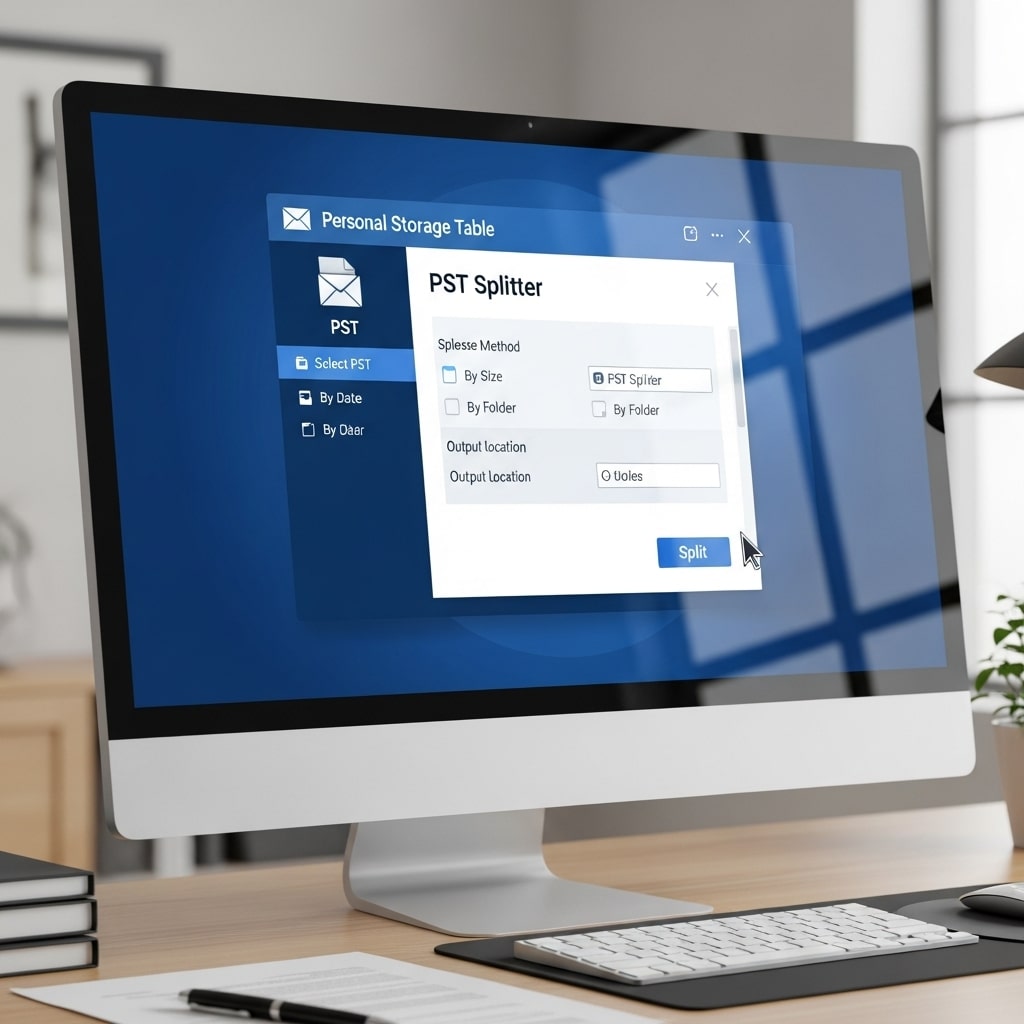What is the most useful method to split a large PST file by size, year, or folder?
-
November 12, 2025 12:13 AM PST

The most useful method is to use a dedicated PST splitter tool that can split by size, year, or folder while preserving data integrity and Outlook hierarchy. Such tools let you choose criteria (e.g., 1–5 GB chunks, year-based archives like 2018/2019/2020, or per-folder splits such as Inbox/Sent/Archive), handle very large Unicode PSTs, and avoid corruption risks tied to manual export/import workflows.​
Why a dedicated splitter
- Purpose-built utilities preserve metadata, folder structure, and attachments while dividing oversized PSTs, minimizing corruption risk and reindex time.​
- They support common split modes—by size, date/year, folder, sender/email ID—and often work without Outlook installed, speeding up operations on big archives.​​
- Many handle ANSI and Unicode PSTs, password-protected files, and generate reports for auditability—useful for IT admins and power users.​​
Best-practice approach
- Choose split-by-size when Outlook performance degrades or storage quotas require smaller files; 2–5 GB segments are a practical baseline for manageability.​
- Choose split-by-year to create clean annual archives that align with retention and e-discovery timelines (e.g., one PST per year).​​
- Choose split-by-folder if you want operational separation (e.g., separate PSTs for Inbox, Sent Items, or project folders) to streamline search and backup.​
Notable options to consider
- vMail PST Splitter: splits by size, date, folder, email ID, subject, sender, or year; supports ANSI/Unicode; works without Outlook; keeps hierarchy; outputs a summary report.​
- SysCurve PST Splitter: supports split by size, folder, and year; maintains data integrity and common criteria like date/email ID.​
- Kernel/Nucleus PST Splitter: supports ANSI/Unicode, date-range presets, folder-specific extraction, and password-protected PSTs.​
Practical tips
- Validate PST health before splitting; even good tools may skip corrupted items if the source PST is already damaged.​
- Plan naming conventions (e.g., Acme_Jan2018–Dec2018_Archive.pst) and target locations for simpler indexing and backup.​
- After splitting, add PSTs one at a time in Outlook to reduce initial reindex load and confirm hierarchy and counts match the tool reports.​​
In short, the most reliable, time-efficient method is to run a PST splitter tool and choose the split mode that matches your goal: size for performance, year for compliance-friendly archives, or folder for workload separation.​​
Buy Now- https://www.vsoftware.org/store/pst-split/